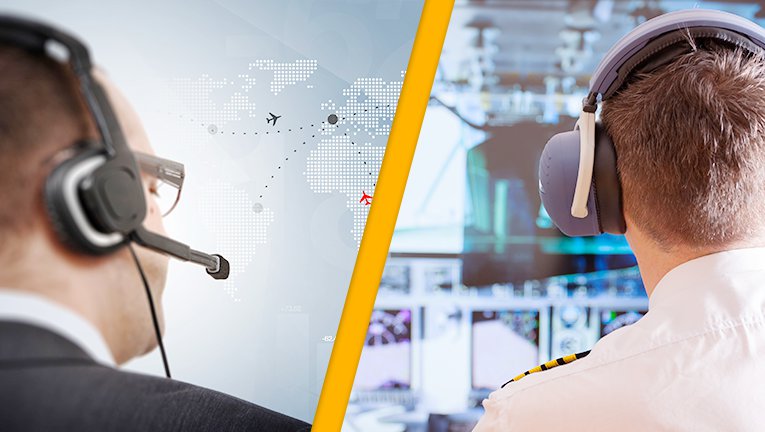
While writing so many articles we have focused on piloting skills: its building, improvement, sustainability, expansion and many more things. But we have rarely ever written about the pilot communication, its importance for safety and how young student-pilots go about learning the correct form of communication between other pilots and Air Traffic Control.
What is Airspeak?
According to Tom McArthur who released Concise Oxford Companion to the English Language, Airspeak is a restricted language which establishment was initiated by International Civil Aviation Authority in the aftermath of the Second World War. Airspeak was developed to make communication between pilots and air traffic control as unambiguous as possible. What it means is that speech cannot be too dense, it can only use English grammar, vocabulary and pronunciation along with the technical and specialized terminology. Any conversation that is not relevant for the flight is forbidden in the cockpit, therefore, international agreements and training procedures ensure that all pilots are trained in English and follow the cockpit communication rules.
How is Airspeak taught in the classroom?
The classroom for teaching Airspeak requires a special setting. It must be equipped with headset for each student and good quality sound system. The program that is used by the Airspeak instructor usually varies, but the most popular tool used until this day is F. A. Robertson’s “Airspeak. Radiotelephony Communication for Pilots”. The book is prepared in a logical chronology of the flight starting from pre-flight, departure, ATC clearances, startup, pushback and going all the way to final approach, landing and after landing routines. Every stage of the flight has its routine and non-routine phraseology which pilots must know, understand, be able to act upon, and read-back.
Read more here.

